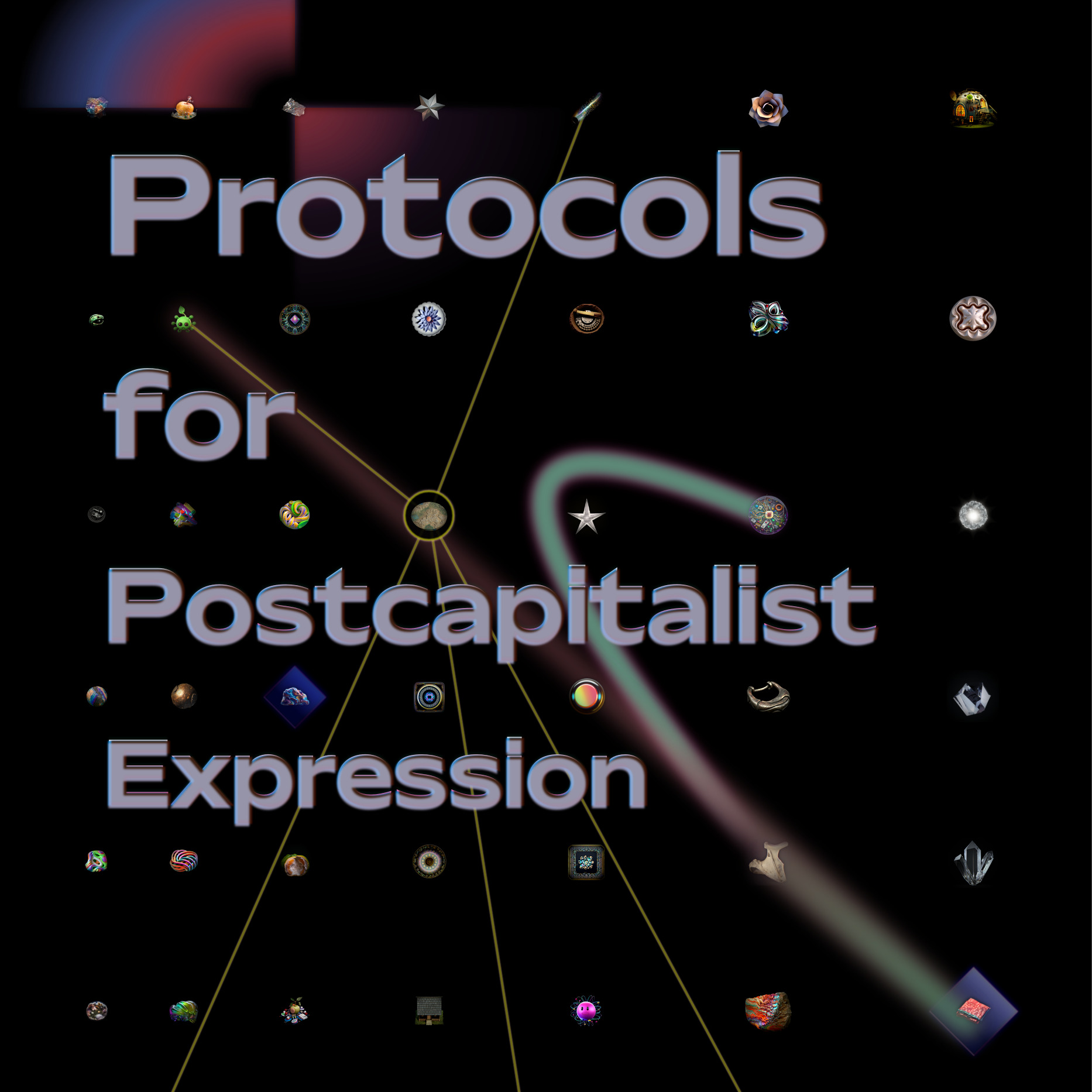
The Economic Space Agency has spent several years imagining a system for individuals and organisations to account for exchange, allocate risk and reward, and measure and store value without using or even referring to fiat money.
They have finally produced a book explaining the economics of it, which is presented here, along with my rendition of it.
The proposed system is intended to work entirely independently of fiat monies, even as a measure of value. The very meaning of 'value' should emerge from each group and aggregate across the network, similarly to how it works in the credit commons protocol (though I haven't written about that so far).
It has become apparent that the ECSA model is pretty difficult to communicate. On the basis of reading the book twice, and some additional conversations, I shall attempt my own summary...
The model is aimed at individuals or groups called agents, who 'produce' or 'work' and spread the risks and rewards amongst themselves. A new group must put some numbers on the 'value' (the meaning of which is not yet undetermined) each of them brings, and this becomes the first type of token, called the staking token, which is a bit like the equity each one brings.
Members can then offer acts of production or value creation called 'performances'. The offer includes the investment required, targets for quantity and quality, other social and environmental targets, and the number of commodity tokens that would be created if those targets were met. Again, this last number must be somewhat arbitrary in a new group, but a good first start might be to them of them as worth a dollar.
Other members then 'stake' the performance, meaning they underwrite it with some of their staking tokens, to reflect the 'value' (in their opinion) that that performance will create. The amount of stake is what determines the performance's credit limit, and if there is enough, then the performance commences with the issuing of credit tokens.
The value of each agent's stake is variable and agents can move their stake around at any time to reflect their confidence. There is an exchange rate between each agent's stake tokens and the credit tokens whose value is constant across the group, but I haven't grokked how that value is determined. If the stake value goes below the value of credit tokens issued, then the performance is 'under water' and may need to be re-evaluated.
At the end of the period, or when the performance is done, the reality and the projections are compared and the agents decide how many commodity tokens to issue. Commodity tokens are the same, constant value as credit tokens and are used to cancel the credit tokens, hopefully with some 'profit' remaining to be shared with the stakers of the performance.
Because the model is recursive, with any group acting acting as an agent in a container group, each group's credit/commodity tokens is somehow priced in ECSA system token, which then enables exchange rates, but I'm not clear how that works.
It might seem a bit elaborate, but it is no more complicated than the money and financial system we have today. It is hard to describe because we have only one way to think about it, and also because the hegemonic system is well established and has plenty of experts and hidden parts. I've described the system bootstrapping, because that's how my mind works, and because those difficulties of establishing the value of tokens without a reference point are very real, but once those things are start to stabilise, things should become a bit simpler. ECSA are now starting to use this model internally using quarterly periods and we'll see how it goes!
Comments